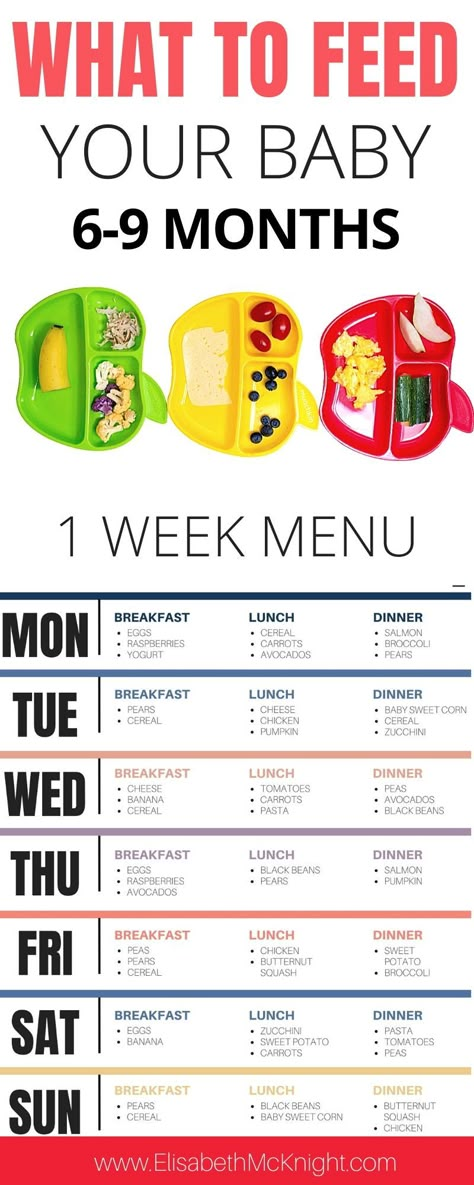Stool firming foods for babies
What to Feed Toddler with Diarrhea: The Plan
As parents of toddlers know, sometimes these small children have an enormous amount of stool. And often, it can be loose or runny. This is quite common, and even has a name: toddler diarrhea.
Toddler diarrhea is not a true illness or disease, but merely a symptom. It’s common among toddlers and poses no threat to their health. Toddler diarrhea usually has the following hallmarks:
- The diarrhea is painless.
- The diarrhea is often foul-smelling.
- The child has three or more episodes of large, unformed stool for at least four consecutive weeks.
- The diarrhea often contains undigested food and mucus.
- The diarrhea occurs during waking hours.
- Symptoms begin between 6 to 36 months old, but may last through preschool.
- Symptoms usually resolve by school age or earlier, and 90 percent of children are free of diarrhea by 40 months of age.
A common finding is that the diarrhea often starts after a bout of gastroenteritis. This is a viral infection of the stomach and intestines that usually causes fever, abdominal pain, vomiting, and diarrhea. After recovering from this acute, intense illness, the child may continue with painless frequent stools, as outlined above, but be acting perfectly well. In this situation, parents often feel like the “illness” is persisting, but the child is healthy, growing, eating, and feeling fine, in marked contrast to the way they appeared during the infectious illness.
So if toddler diarrhea is different from an infectious illness, and the child is otherwise fine, what causes it? That’s not entirely known, but the latest theory is that a multitude of factors play a role, includingthe following.
- Diet: Toddlers often take in an excess of juice and other liquids with a high content of fructose and sorbitol, which have been linked to toddler diarrhea. A diet very low in fat and low in fiber has also been implicated.
- Increased intestinal transit time: For some toddlers, the food travels through the colon very quickly, leading to less absorption of water, which leads to looser stools.

- Increased physical activity: Physical activity has been linked to increased stooling in general.
- Individual intestinal microflora: Everybody’s intestines contain billions of germs, but these are necessary germs that aid in digestion. However, the exact makeup of this dense microbiome varies from person to person, and some toddlers have a collection of bacteria that promote looser stools.
Because the child with toddler diarrhea is, by definition, healthy and thriving, most experts recommend no pharmaceutical treatment at all.
That’s why there is no “cure” for toddler diarrhea, as it’s not really a disease. But there are some things you can do to make it better.
Track Meals
Keep a food diary and relate it to the amount, frequency, and timing of diarrhea. This may help your child’s doctor eliminate any other causes of diarrhea that are more concerning, like food intolerances or allergies.
Check for Bloody Stool
Ensure that there is no blood in the stool.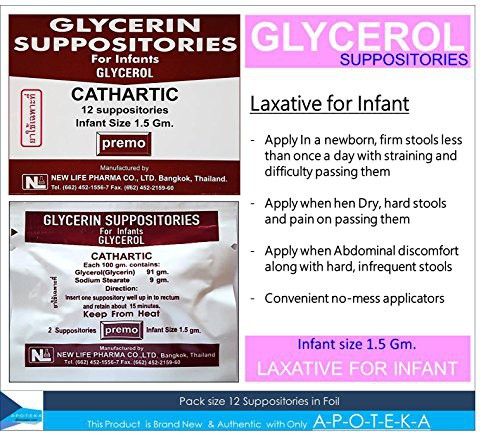 This seems obvious for children still in diapers, but make sure to check the stool of those who are potty-trained, as they may not mention this to you. If you do find blood in the stool, see your child’s doctor right away.
This seems obvious for children still in diapers, but make sure to check the stool of those who are potty-trained, as they may not mention this to you. If you do find blood in the stool, see your child’s doctor right away.
Sometimes blood in the stool can be microscopic, so your child’s pediatrician may ask for a stool sample to test for blood if there is any concern.
In addition, talk to your doctor if your child has diarrhea along with weight loss or poor weight gain, vomiting, fever, abdominal pain, or stools that are greasy or oily.
Skip the Fruit Juices
Limit juice and other liquids with fructose and sorbitol, such as sports drinks and soda. Keep the total amount of juice, if any, to less than 8 ounces a day.
Up the Fiber Intake
More fiber may actually help firm up the stools. Choose whole-grain cereals and breads, beans, and fresh fruits and vegetables. And adding a little more fat to the diet may also help.
This might be surprising, as so much attention is paid to limiting fat intake.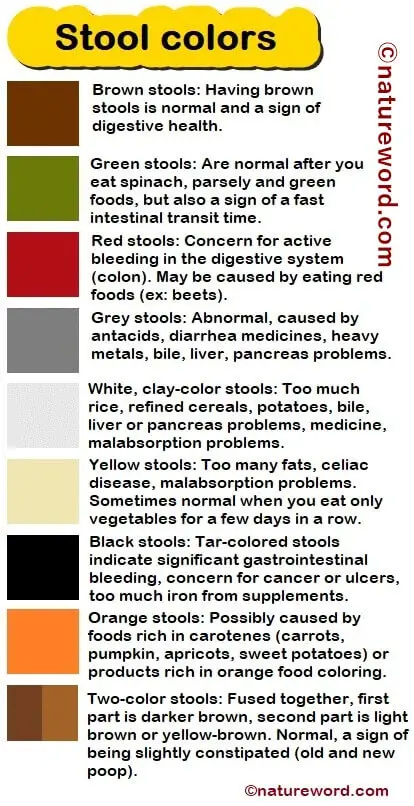 But if your toddler is not overweight and gets a good amount of exercise, as most do, then a little extra fat should be fine. Be sure to check with your doctor if this is appropriate for your child. If you do add fat, make it healthy fat like dairy, avocado, olive oil, or eggs.
But if your toddler is not overweight and gets a good amount of exercise, as most do, then a little extra fat should be fine. Be sure to check with your doctor if this is appropriate for your child. If you do add fat, make it healthy fat like dairy, avocado, olive oil, or eggs.
Try Probiotics
Probiotics are available over the counter. Probiotics are live bacteria and yeasts that are beneficial to your body. These will most likely not harm the child, and may help. However, there are no studies that demonstrate these are effective.
If you’ve done all the above and your child is indeed growing, eating, and acting normally, but still having diarrhea, there’s no need to worry.
This is one of those problems of childhood that is much worse for the parent — or whoever has to clean up the child — than for the child. So if all else is fine, consider toddler diarrhea much like tantrums, teething, and thumb-sucking. This too shall pass.
Baby Diarrhea Foods | Foods to Feed Baby with Diarrhea
| Diarrhea in infants can be a very worrisome occurrence as most parents fear dehydration and the worsening of painful diaper rash. What are the possible cause of diarrhea in babies?Children can have acute and chronic forms of diarrhea. Infection with the rotavirus is the most common cause of acute childhood diarrhea. Rotavirus diarrhea usually resolves itself within 3 to 10 days. Children who are 6 to 32 weeks old can be vaccinated against the rotavirus with a vaccine called Rotateq. Here are a few of the common causes of diarrhea:
If your child has diarrhea, do not hesitate to call the doctor for advice. Diarrhea is especially dangerous in newborns and infants, leading to dehydration in just a day or two. A child can die from dehydration within a few days. The main treatment for diarrhea in children is rehydration to replace lost fluid quickly. What foods should you feed a baby when he has diarrhea? What foods should you avoid when baby has diarrhea?Please offer your baby small meals when he has diarrhea. Offering smaller meals will allow baby’s digestive system to work slowly. The tiny intestines and still fragile digestive system will take a bit of time to get back on track and healed. Don’t worry if it takes 3 to 4 days for your baby’s stools to get back to “normal”; healing takes time. B.R.A.T – When baby has diarrhea, remember B.R.A.T.Bananas – Rice – Applesauce – ToastThe foods that make up the B.R.A.T diet are those foods that will help cause the bulking and hardening of the stool. These foods include grains, and certain fruits. Below are more foods that will help firm-up and bind baby’s stools when diarrhea occurs.
Foods to Avoid with Infant DiarrheaAvoid any foods that are used to help alleviate constipation and certain fruits as well.
As we mention on our page about Infant Constipation, please keep in mind that Applesauce is actually a binding food. Applesauce is the whole of the fruit. It contains a higher level of pectin – which firms up stools and may thus lead to constipation. Apple juice contains more of the sugars found in the apple and it also contains more actual liquid; hence apple juice is a good remedy to help relieve constipation. Learn More about Diarrhea at the National Institutes of Health Remember, always consult with your pediatrician regarding introducing solid foods to your baby and specifically discuss any foods that may pose allergy risks for your baby. Bring on the BRAT! Bananas, rice cereals, applesauce and bread are some great foods to offer your baby when he has a bout of diarrhea! It is important to always consult your baby’s pediatrician when baby has had diarrhea for 2 days(or longer) and his or her skin does not “spring-back” when gently pushed. The inability of the skin to “spring-back” suggests baby may be suffering from dehydration. SHARE ON FACEBOOK SHARE ON PINTEREST |
Diet for diarrhea in a 1-year-old child
When a child is sick, it is always a serious test for a family. Moreover, if the baby has vomiting, frequent loose stools, fever, he refuses to eat. In such cases, parents naturally face the question: what to do?
The first thing to do is to see a doctor. In most cases, this condition is associated with an acute intestinal infection and can lead to serious consequences for the baby. And timely treatment allows you to quickly deal with the problem.
The second significant issue facing the parents of a sick child is the issue of proper nutrition. Unfortunately, you can still find recommendations to stop feeding a child during diarrhea, but this should not be done categorically.
Important!
It has been proven that "water-tea" breaks and starvation diets significantly weaken the protective functions of the child's body and lead to a delay in recovery processes in the intestines. Therefore, at present, most pediatricians insist on the mandatory continuation of the child's nutrition in case of acute intestinal infections, but with the obligatory consideration of the latest achievements in nutrition.
The main principles for managing the nutrition of a child with diarrhea should be:
| Phased | The development of the disease has a staging, each stage must correspond to certain approaches to diet therapy |
| Accounting for the age of the child | Each age should have its own products and its own schemes for their purpose |
| Accounting for the severity of the disease |
There are three main stages of diet therapy. The first stage corresponds to the acute period of the disease, when the maximum manifestations of the disease are noted (vomiting, loose stools, fever), and the child may refuse his usual diet. During this period, proper nutrition is an integral part of treatment. And the success of treatment largely depends on the correct organization of diet therapy in a child.
The first stage corresponds to the acute period of the disease, when the maximum manifestations of the disease are noted (vomiting, loose stools, fever), and the child may refuse his usual diet. During this period, proper nutrition is an integral part of treatment. And the success of treatment largely depends on the correct organization of diet therapy in a child.
The second stage is the recovery period. There are no longer those manifestations of the disease that were noted in the baby in the acute period, the child has an appetite, he becomes more active, but it must be remembered that any acute intestinal infection leads to significant changes in the child's body. This is a violation of the microflora of the gastrointestinal tract, and dysfunction of enzyme systems, bile secretion and other digestive processes. It takes time to restore the correct functioning of the gastrointestinal tract, which requires a sparing diet at this stage. Violation of the diet during this period can lead to the formation of a chronic pathology of the gastrointestinal tract.
The third stage of diet therapy is aimed at a gradual transition to the usual diet for this baby. Breastfed babies should continue to breastfeed. If the baby is bottle-fed, the doctor will prescribe a formula that matches the baby's condition. In children older than one year, it is necessary to exclude whole milk from the diet, they are also shown the appointment of fermented milk products as a diet therapy, the favorable properties of which are due to a number of positive qualities: the presence of lactic acid gives the product pronounced bactericidal properties and inhibits the growth of pathogenic microflora, the positive effect of these products on intestinal microbiocenosis, the secretory function of the digestive glands and intestinal motility, and they also have immunomodulatory properties.
One of the important components of diet therapy is the use of dairy-free cereals with pro- and synbiotics. Clinical studies have shown that the appointment of this diet therapy contributes to a more rapid relief of the main symptoms of intestinal dysfunction, as well as the restoration of intestinal microflora.
Choose foods for the diet
It is most correct to start with rice porridge, as it has pronounced sorption properties and helps to stop diarrhea. As the child recovers, oatmeal and buckwheat porridge can be included in the diet.
Vegetables and fruits are an important component in the first stage of diet therapy. Preference should be given to products that contain pectin (baked apple, boiled carrots), as they contribute to the sorption of pathogens and their toxins. At the first stage of diet therapy, the use of fresh vegetables and fruits, as well as juices, is not shown.
The second stage - the patient's condition improves, the child becomes active, appetite improves, and in some children it even becomes elevated, which is often perceived by parents as a signal for increased nutrition. It is absolutely impossible to do this, since the child's body has not yet recovered from the disease. During this period, it is necessary to continue eating sour-milk, lactose-free and low-lactose products. An obligatory component of diet therapy is the use of nutrition with probiotics.
An obligatory component of diet therapy is the use of nutrition with probiotics.
The third stage is the gradual expansion of the diet according to the age of the child. At this stage, the most justified is the widespread use of probiotic foods in order to restore and maintain the function of the gastrointestinal tract and its microbiocenosis.
What to feed a child with diarrhea at first?
- freshly cooked rice;
- bananas;
- natural apple juice;
- boiled potatoes;
- boiled chicken meat;
- crackers and stale bread;
- lean fish;
- weak tea.
Weak and strengthen: which foods will relieve constipation and which ones will relieve diarrhea
- Health
Almost all of us know why you should not eat pickles with milk - after such an experiment, you can sit in the toilet for a long time.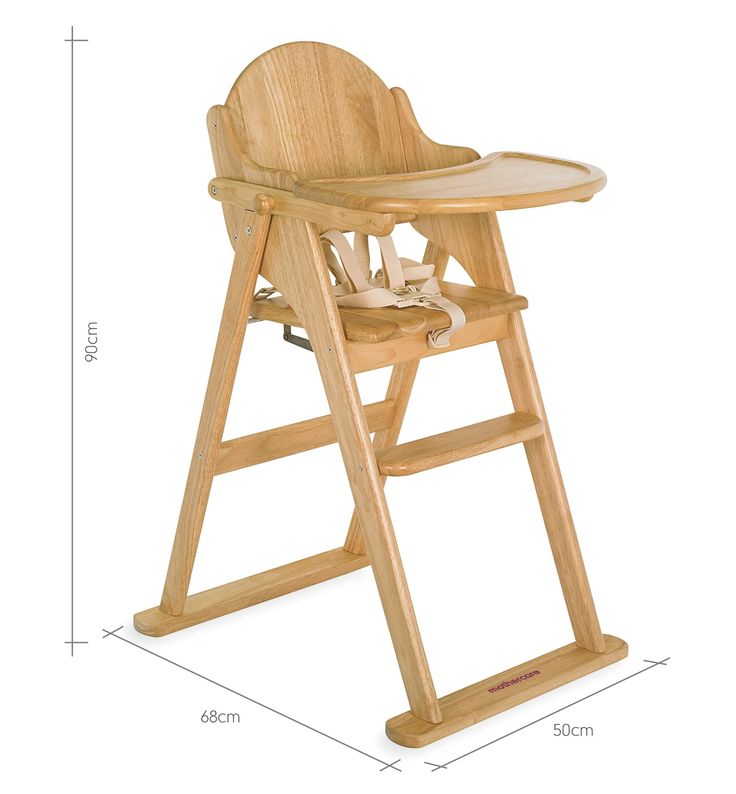
May 15, 2022
- Source:
- iStockphoto
Almost half of the cases of diarrhea - loose stools - are due to our eating habits, the use of poorly combined with each other or laxative foods. In addition, diarrhea can be the result of eating spoiled food, a sign of poisoning, an intestinal infection, or an allergic reaction to certain food components. A separate option is lactase deficiency, which many mistakenly take for the “fresh cucumber with milk” or “herring with milk” effect.
The problem here is not the herring or the cucumber, but the whole milk. Many adults and some children do not digest lactose, the milk sugar from milk, poorly. This leads to bloating, fermentation and diarrhea. What other products can affect the stool, whether it is possible to solve digestive problems with their help, the therapist, gastroenterologist of the Moscow Clinic Valeria Trapeznikova told Doctor Peter.
If you want to relax, drink milk
Diarrhea (or more simply, diarrhea, loose stools) is an increase in stool more than 3 times a day. Loose stools and severe diarrhea can be due to many reasons, one of which is the use of foods that form a laxative effect. That is, some products, consumed in a certain amount, change the frequency of stools per day and the nature of feces. First of all, fermented milk products (kefir, fermented baked milk, curdled milk, yogurts) should be referred to them.
Loose stools and severe diarrhea can be due to many reasons, one of which is the use of foods that form a laxative effect. That is, some products, consumed in a certain amount, change the frequency of stools per day and the nature of feces. First of all, fermented milk products (kefir, fermented baked milk, curdled milk, yogurts) should be referred to them.
It is worth noting here that dairy products containing whole cow's milk (and the milk of any other animal - goat, camel, mare) can additionally cause symptoms of bloating in the abdomen and severe diarrhea. They are not recommended for people who are lactose intolerant. This is a condition in which the intestines lack the enzyme that breaks down milk sugar, lactose.
When there is not enough enzyme (or none at all), lactose, milk sugar, enters the large intestine. Bacteria live in it and enjoy lactose, producing lactic acid, carbon dioxide and water. Gases accumulate, provoking bloating, lactic acid irritates the intestinal walls - bloating and thinning of the stool occur.
Read also
Fiber will help cure constipation
In addition to fermented milk products, foods with fiber (coarse plant fibers) can help in eliminating constipation. For example, foods containing a large amount of indigestible or partially digestible fiber have a laxative effect - these are mainly vegetables, fruits, cereals. If you want to help yourself with constipation, consider the following products:
-
Bulgarian pepper,
-
Cucumber,
-
spinach,
-
Green Green,
-
Broccoli,
-
Capacity,
9000 9000 9000 9000 9000 9000 9000 Capas , -
Green grapes,
-
Plum,
-
Bunas,
-
Kuraga,
-
Flax Seed,
-
whole grain rye bread,
-
oat bran.
They are recommended for those who suffer from chronic constipation. However, it is important to remember that without enough water, these products will not work as effectively.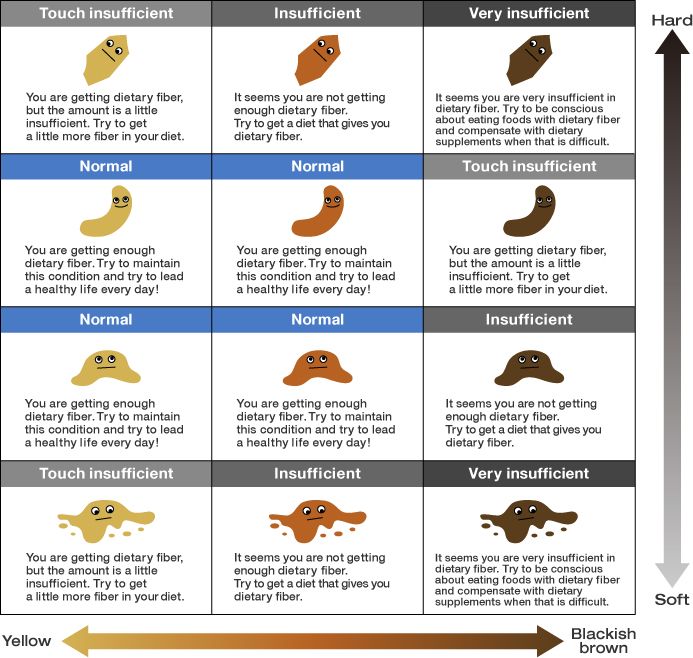 The fact is that fiber absorbs water, swells. Accordingly, this water must be taken from somewhere. Therefore, to combat constipation, eat vegetables and drink water.
The fact is that fiber absorbs water, swells. Accordingly, this water must be taken from somewhere. Therefore, to combat constipation, eat vegetables and drink water.
See also
How to stop diarrhea
There is not only a group of products with a pronounced laxative effect. There are also foods that, on the contrary, can fix the stool and complicate the act of defecation, if the stool becomes very hard.
These include:
-
Rice is the most popular product for acute stool disorders. Rice broth and porridge on the water are recommended for people who suffer from diarrhea on the background of SARS, intestinal infections, acute poisoning or allergies, loosening the stool after taking antibiotics.
-
Potatoes, jelly and other starchy products. They have an enveloping effect, soothe the intestinal wall, helping to stop diarrhea.
-
Berries: blueberries, bird cherry, chokeberry. They contain fixing components, astringent and enveloping the walls of the intestine.

-
Strong black tea - tannins have an astringent effect.
-
Black and red grapes,
-
Bananas.
Please note that this is a general product listing. Each person has their own individual reactions to a particular product, and they may differ from the generally accepted ones.
See also
Individual reactions to foods
In some people, but not in the general population, certain foods can cause an acute attack of diarrhea as a variant of food intolerance. Moreover, this is a dose-dependent effect: the more dangerous product is taken, the longer you sit in the toilet, cleansing the intestines. Among the most basic irritants are:
-
Alcohol, especially wine and beer;
-
Spicy foods and dishes;
-
Kiwi, broccoli;
-
Coffee - some only black, others only with milk;
-
Products with sweeteners - Sorbitol and fructose from 0% sugar diet drinks are especially weak.


 When baby has diarrhea, many parents wonder what foods may help “bind” baby up and stop the diarrhea.
When baby has diarrhea, many parents wonder what foods may help “bind” baby up and stop the diarrhea. NDDCHI
NDDCHI  Below is a list of foods to avoid when baby has diarrhea:
Below is a list of foods to avoid when baby has diarrhea:



